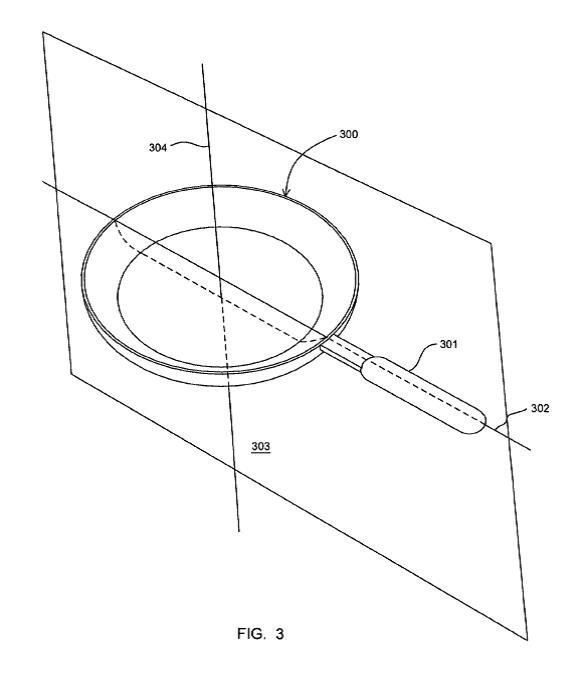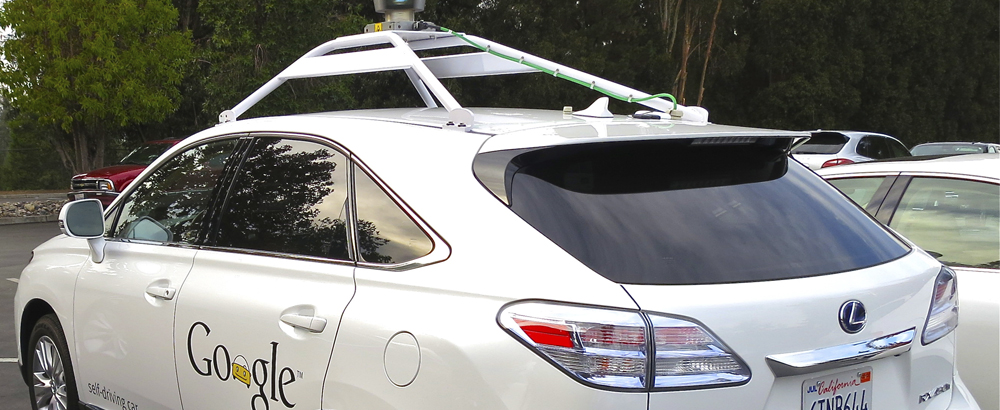One of the sectors who are experiencing great development is the automotive sector. Transportation technology, in fact, is going fast and towards always more innovative solutions applyed to passenger vehicles and mobility in general.
One of these transportation technologies is part of the so called “next-generation transportation” which aims to be integrated safely into our system: driverless cars.
In order to discover a little bit more about this innovation, we would like to introduce the following video part of the series “Science of innovation”, produced in partnership with the National Science Foundation (NSF) and the United States Patent and Trademark Office (USPTO).
This is certainly one of the most exciting innovations in transportation technology.
Consideration of the potential danger which represents the simple action of driving a car, inspired Sebastian Thrun (Google VP and Fellow, founder of Google X and director of the Stanford Artificial Intelligence Lab) to build a different and safer type of car by using artificial intelligence.
Google’s driverless car gather information from multiple sources and devices (such as two video cameras, a radar, GPS, etc.) connected to a general computer that process all the information and controls the vehicle.
Sebastian Thrun is indeed one of the world’s leading experts on robotics and artificial intelligence; doing a little biographical research we found a really interesting interview for “ForeignAffairs”, in which to the interviewer’s question “Why driverless cars?”, Thrun answers: “It’s a no-brainer. If you look at the twentieth century, the car has transformed society more than pretty much any other invention. But cars today are vastly unsafe. It’s estimated that more than a million people die every year because of traffic accidents. And driving cars consumes immense amounts of time. [..] But if the car could drive itself, you could be much safer, and you could achieve something during your commute. You can also envision a futuristic society in which we share cars much better. “
Thrun has received 4 patents from the USPTO; we show an example: “Probable reconstruction of surfaces in occluded regions by computed symmetry” US7961934
 In conclusion, we think that the idea of using self-driving cars to reduce the number of vehicles on the road will not only reduce the number of “lethal weapons” with drivers behind the wheel, it might also have the effect of reducing resource consumption.
In conclusion, we think that the idea of using self-driving cars to reduce the number of vehicles on the road will not only reduce the number of “lethal weapons” with drivers behind the wheel, it might also have the effect of reducing resource consumption.



